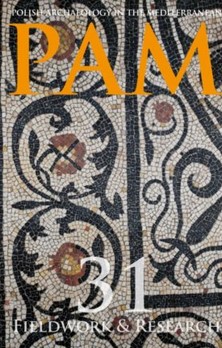“Indianisation” of a Roman coin design in Early Historic India: a study of an imitation from the British Museum Emilia
“Indianisation” of a Roman coin design in Early Historic India: a study of an imitation from the British Museum Emilia
Author(s): Emilia SmagurSubject(s): Archaeology, Cultural history, Preservation, Ancient World
Published by: Wydawnictwa Uniwersytetu Warszawskiego
Keywords: aureus; Early Historic India; imitation; Roman coins; Indian Ocean trade;
Summary/Abstract: Roman aurei and solidi in India led to imitations of gold being produced there of these coins, with a gradual infiltration of indigenous elements observed in the iconography of some examples. An imitation of a Roman aureus, now in the British Museum collection, demonstrates how the Roman coin design was renegotiated to fit an Early Historic Indian cultural landscape. Specifically, the design of the reverse of this specimen finds no prototype in Roman coinage of the times. It must have been a local development, with the Indian craftsman reworking a representation of a female deity known from issues of the Roman emperor Antoninus Pius and adding a temple to it. The Indian form of the building suggests that the figure should be interpreted as a Hindu goddess, possibly Lakshmi, shown in the act of blessing her temple.
Journal: Polish Archaeology in the Mediterranean
- Issue Year: 1/2022
- Issue No: XXXI
- Page Range: 231-244
- Page Count: 14
- Language: English

